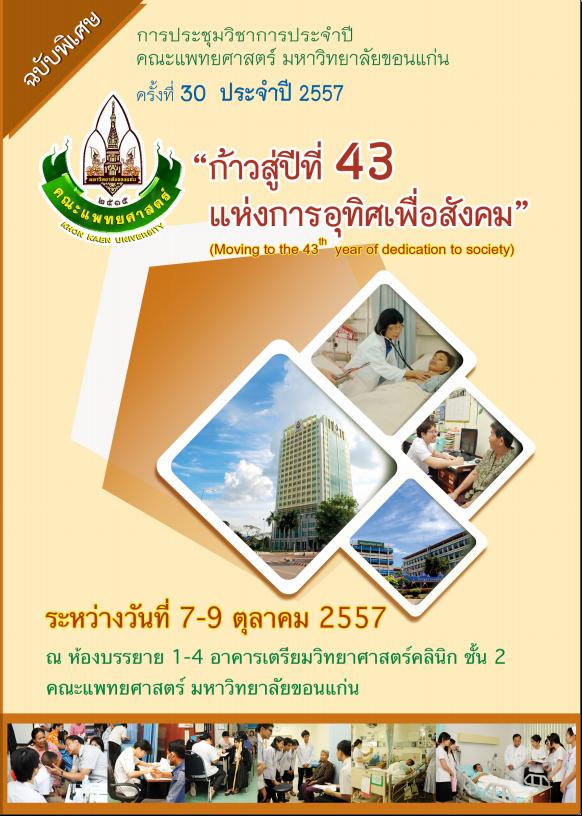Expression Patterns of Selenoprotein P in Human Cholangiocarcinoma
Keywords:
Selenoprotein P, immunohistochemistry, cholangiocarcinomaAbstract
Background and Objective: As a trace element for living organisms, the anti-cancer activity of selenium (Se) attracts thousands of researchers. Selenoproteins are a family of proteins with selenocysteine residuals. Selenoprotein P (SEPP1), the transporter of Se in human plasma, has been reported to have a correlation with various cancers. This study was designed to learn more about the expression pattern of SEEP1 in human CCA.
Method: Forty-nine cases of human cholangiocarcinoma (CCA) tissue sections were stained using immunohistochemistry and then scored in three areas, non-tumor adjacent bile duct, hyperplastic lesion and cancerous tissues. The statistical analysis was executed using two-tailed non-parametric test (Mann–Whitney U-test) to evaluate the categorical data.
Result: The statistical analysis between the expression levels in the 3 areas presented that SEPP1 was frequently expressed in hyperplastic lesion rather than in non-tumor adjacent bile ducts or cancerous tissues. The frequency of SEPP1 expression in cancerous tissues was quite similar to that in adjacent bile ducts.
Conclusion: The inducible expression of SEPP1 in hyperplasic lesion in human CCA was uncovered. Our data suggest that SEPP1, which increased in the early stage, might be an early marker for CCA. SEPP1 in CCA sera will be investigated.




